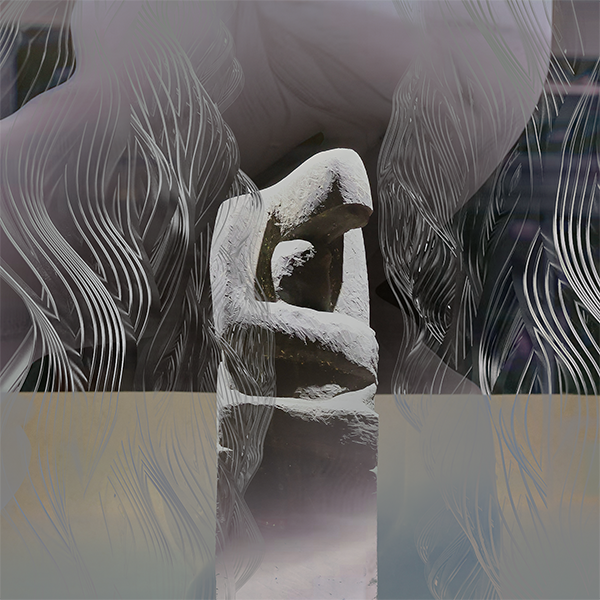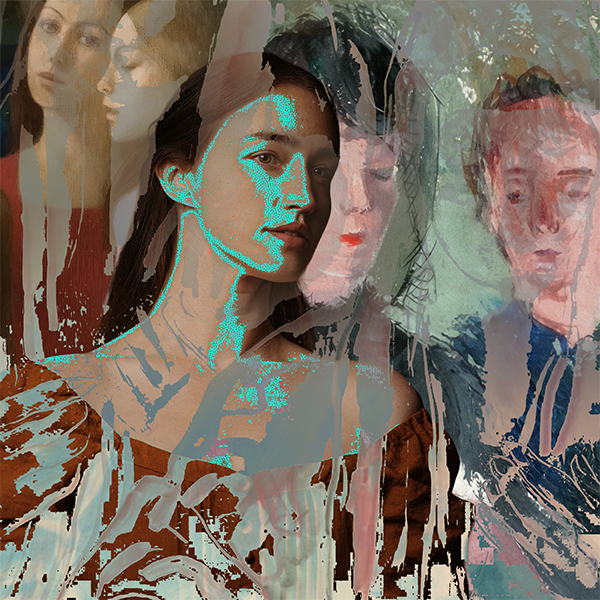Two Paths Toward Discovering Gravity and God’s Mystery
As we approach the two-year mark since COVID-19 shut down the globe, we are having more and more conversations about the future of the church in the United States. How will we organize? Will there be new expectations for church planters? How should evangelism change? Will we need to change the way we build community? What should we make of virtual gatherings? As I sit in rooms and take in various theories of change, ideas, and research about the state of the church, I can’t help but think about gravity.
You see, I recently saw a little girl bouncing a ball thinking about F=GMmr2 F = G Mm r 2.
I mean, not really . . . She was observing that every time she dropped a ball it fell to the ground. As she watched the ball bounce, she thought about the law of gravity that had just been explained to her by her kindergarten teacher. The teacher didn’t give her the formula, but the formula had to be discovered in order for this little girl to be able to learn the concept of gravity.
The Formula Defines the Wonder
But it’s even more simple than going from a formula (F=GMmr2 F = G Mm r 2) to a word (gravity). For most of human history the discovery was made by infants over and over by dropping objects and discovering, with great joy and surprise, that every single time . . . the objects fell. Humanity didn’t even know that there was such a thing as “gravity” or that “gravity” was created by God and upheld by the power of his word and that without it the very universe itself would cease to exist. In fact, because it was something they discovered as infants, by the time they grew up they likely never thought about it. Coming up with a term to describe a complex equation helped this invisible reality become visible.
[adrotate banner=”27″]Thank God for the scientists who discovered the brilliant math equation and for the mathematicians who are captivated by the complexity held within that formula. We need our Sir Isaac Newtons to discover the complex equations, but let’s not forget that, in reality, Newton discovered the same brilliance every baby discovers on her own.
Defining the Movement of God
Why do I say this? How does the movement of God grow across all of human history? How do God’s people participate in the renewal of our cities and the lost hear the Good News? This is not a new equation and it is not complex. It has a consistent pattern and is often invisible to those of us who participate.
The movement of God’s people in our cities is as simple as observing the patterns of Jesus with the same attention and wonder of a fifteen-month-old. Love God. Love people. Reconcile one to another. Discern the Spirit’s voice together. Pray. Forgive each other. Love each other. Be of one mind and one heart. Serve each other. Don’t hide, but confess to each other. Be patient with each other. Outdo the other in showing honor. Submit to each other. See each other. Value the diverse parts of the body represented in each other. Carry each other’s burdens. Celebrate each other’s joys. Care for the poor. Eat together. Love God. Love neighbor.
The movement of God's people in our cities is as simple as observing the patterns of Jesus with the same attention and wonder of a fifteen-month-old. Love God. Love people. Share on XChoosing Both Wonder and Analysis
The Spirit’s dwelling and sending is a profound mystery. Some of us will discover more of God’s mystery by the hard work of complex mathematical equations: books, articles, teachings, incubators, study and analyzing patterns we notice emerging. Others come to the same conclusions by listening, practicing, watching, contemplating, and discerning in community.
The danger of the math equation is the average person may lose the sense of awe and glory because a mystery has been explained in a scientific equation. Plenty have mistaken the mathematical code as proof that science eliminated the need for God, but scientists like George Washington Carver and Albert Einstein broke out in worship because scientific discoveries filled them with greater wonder at God’s mystery.
On the other hand, the danger of taking this complex math equation and reducing it to a word means we can take the complexity for granted; yet, even the fifteen-month-old delights in discovering that complexity again and again and again. If we don’t need those with brilliant, child-like faith and wonder in order to advance mission, then I’m not sure we are honoring the methods God has chosen to deploy his church.
If we don’t need those with brilliant, child-like faith and wonder in order to advance mission, then I’m not sure we are honoring the methods God has chosen to deploy his church. Share on XIn seasons of uncertainty, we tend to look to the “scientists” of the church to dissect our problems and offer remedies. Praise God for the brilliant minds who are unlocking and discovering new patterns. But we must also have space for the contemplatives—for those who are making the same discoveries in ways that look more like that wide-eyed child. We need both. We must honor the different parts of the body Christ has given to us. If we do that, we will discover patterns and methods the Spirit deploys to advance God’s kingdom. We will see God’s reality and be able to participate with greater wonder. We will be in awe of his mystery and have times in which we need to stop and worship together.



